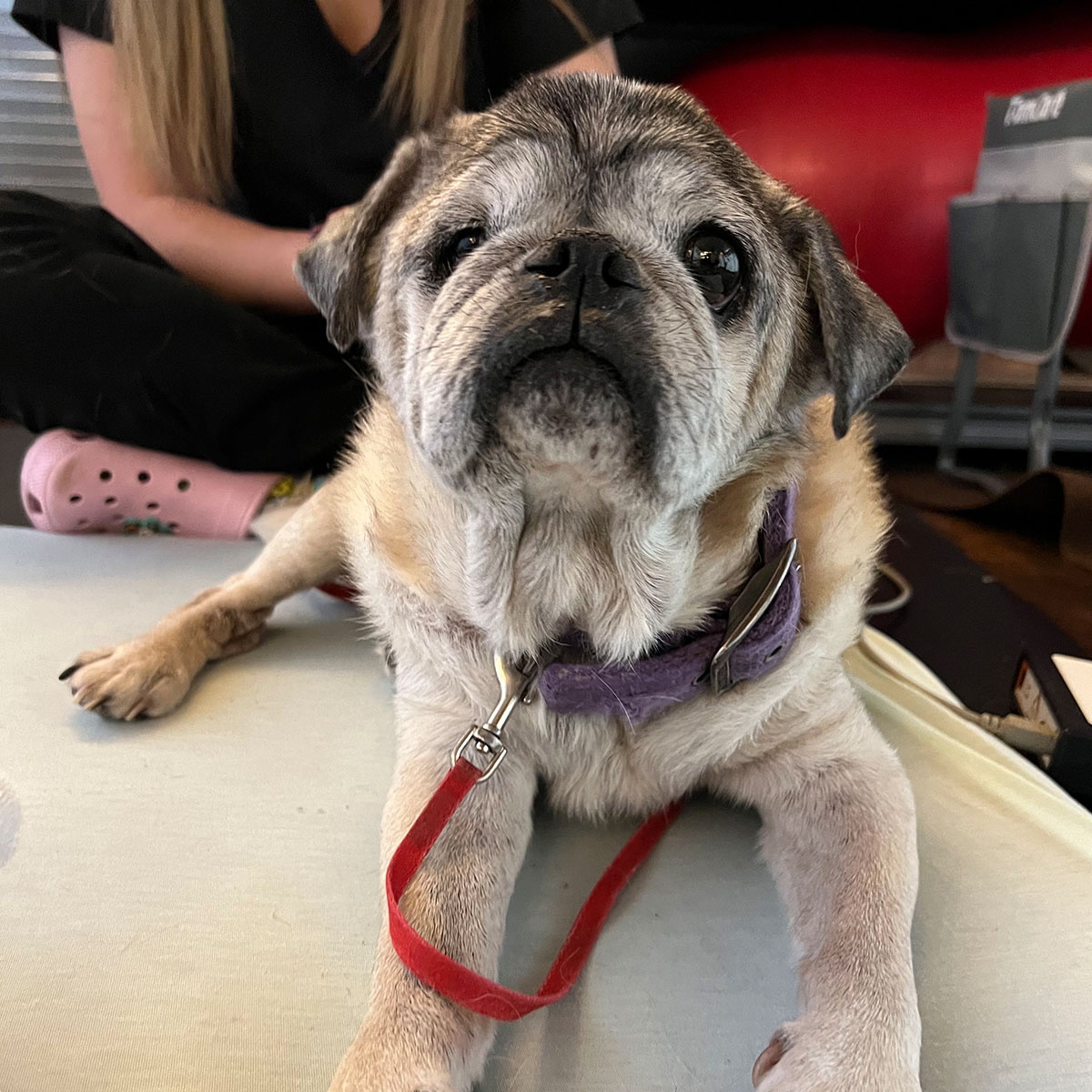
What to Expect During Treatment
During a shockwave therapy session, a trained veterinarian will position the shockwave wand over the affected area. The dog may feel a light tapping sensation, which is generally not painful. Depending on the condition being treated, dogs may require multiple sessions for optimal results, but improvement in mobility and pain levels is often seen after the first few treatments.

Conditions Treated
Shockwave therapy is incredibly versatile, making it useful for treating a broad spectrum of issues in dogs:
- Hip dysplasia
- Chronic back pain
- Arthritis (especially in hips, stifles, and back)
- Tendon and ligament injuries
- Non-healing bone fractures
- Lick granulomas
- Degenerative joint disease




